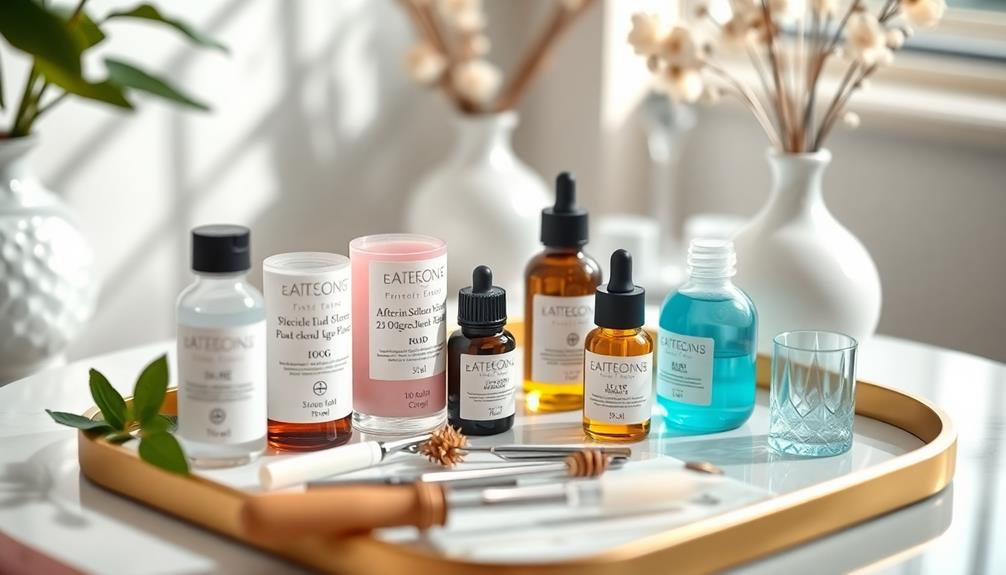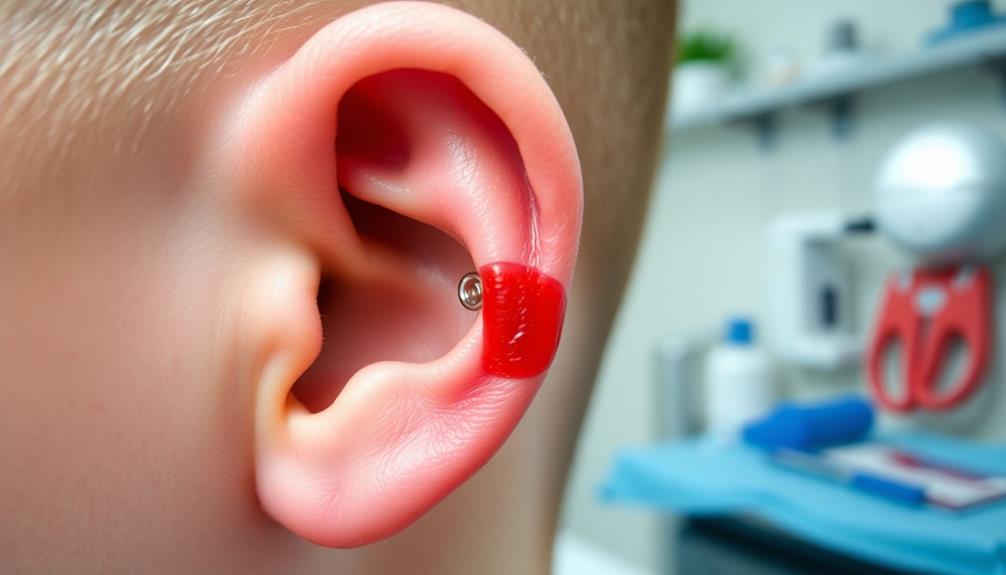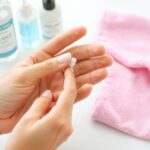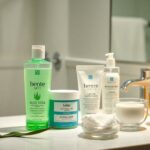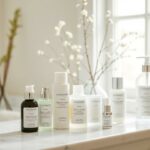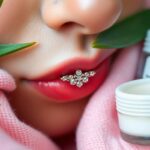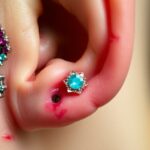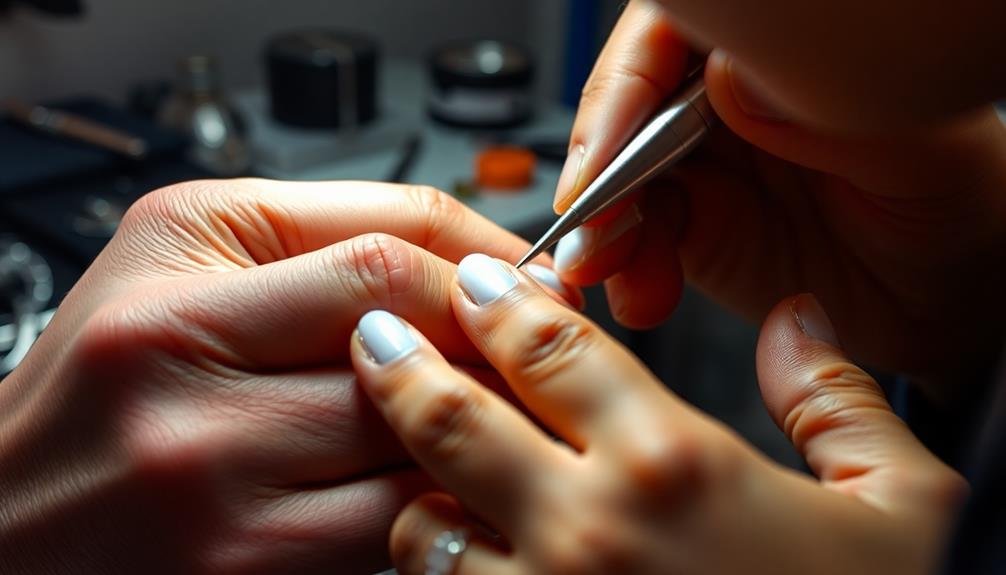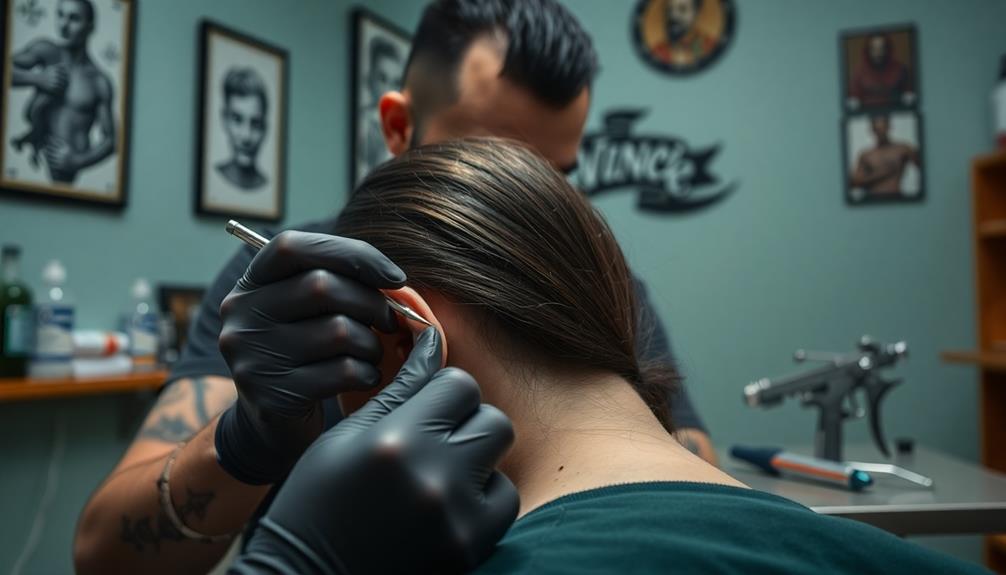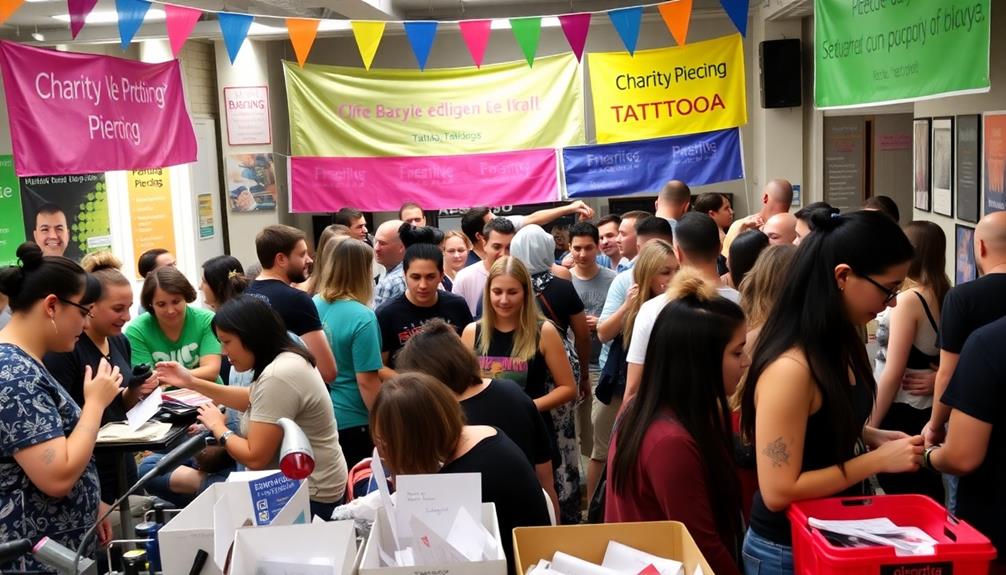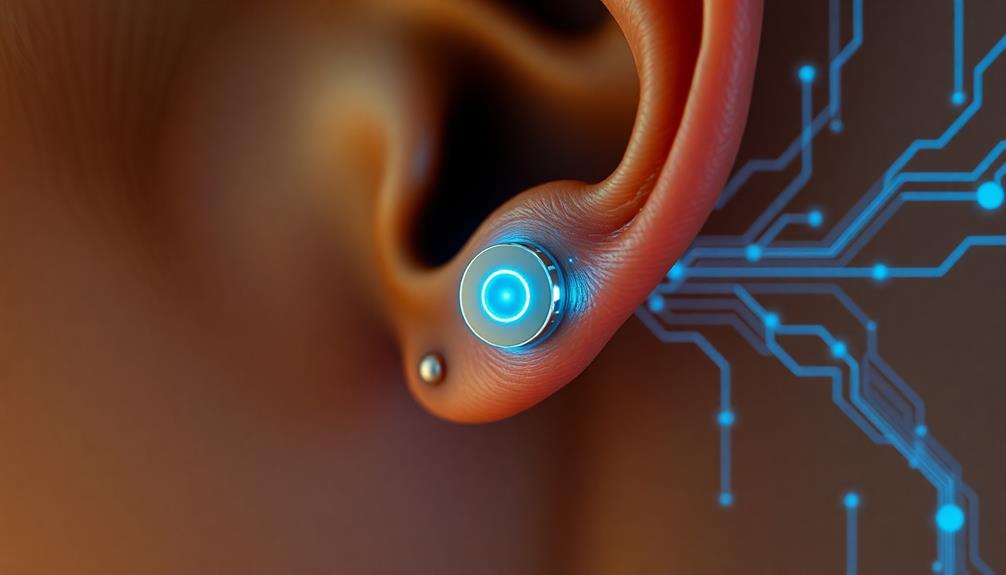Advanced aftercare for complex piercings, like cartilage or daith, is vital for quicker healing and fewer complications. Clean your piercings twice a day with glycerin-based soap and follow up with a hypoallergenic aftercare solution to reduce irritation. Always use implant-grade jewelry to minimize allergic reactions. Avoid tight clothing and high-impact activities that can irritate the area. Keep an eye out for signs of infection, such as unusual discharge or persistent pain. With the right techniques and products, you can guarantee a smoother recovery. Want to know which specific products work best for you?
Key Takeaways
- Maintain a rigorous cleaning routine by using hypoallergenic solutions twice daily to reduce irritation and promote faster healing.
- Choose implant-grade jewelry materials like titanium to minimize the risk of allergic reactions and infections during the healing process.
- Avoid touching or changing jewelry until fully healed to prevent complications such as tearing, migration, or infection.
- Be mindful of lifestyle factors, such as avoiding tight clothing and high-impact activities, which can irritate the piercing and prolong healing.
- Regularly inspect the piercing for signs of infection, such as unusual discharge or increasing redness, and seek medical advice if needed.
Understanding Complex Piercings
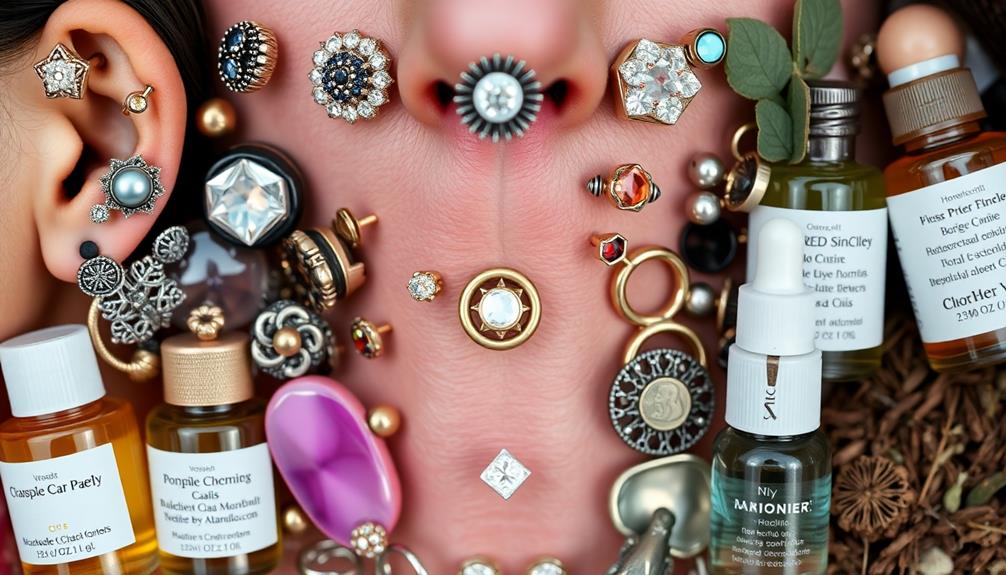
When you consider getting a complex piercing, such as a helix or daith, it's essential to understand the unique challenges they present. Unlike lobe piercings, cartilage piercings often have longer healing times, typically ranging from 3 to 12 months. This extended period can be influenced by individual factors and the specific area of the piercing.
Multiple piercings in close proximity can increase the risk of irritation and infection, making a rigorous aftercare routine imperative. You'll need to pay close attention to how the area responds during the healing process.
Proper jewelry selection is important, too; using implant-grade materials minimizes the chances of allergic reactions and supports healing.
Be cautious about changing your jewelry too soon, as premature changes can lead to complications like tearing or migration of the fistula. Ensuring your jewelry is suitable and leaving it in place until fully healed can markedly impact your recovery.
Understanding these factors can help you navigate the complexities of healing and enjoy your new piercings without unnecessary complications.
Importance of Aftercare
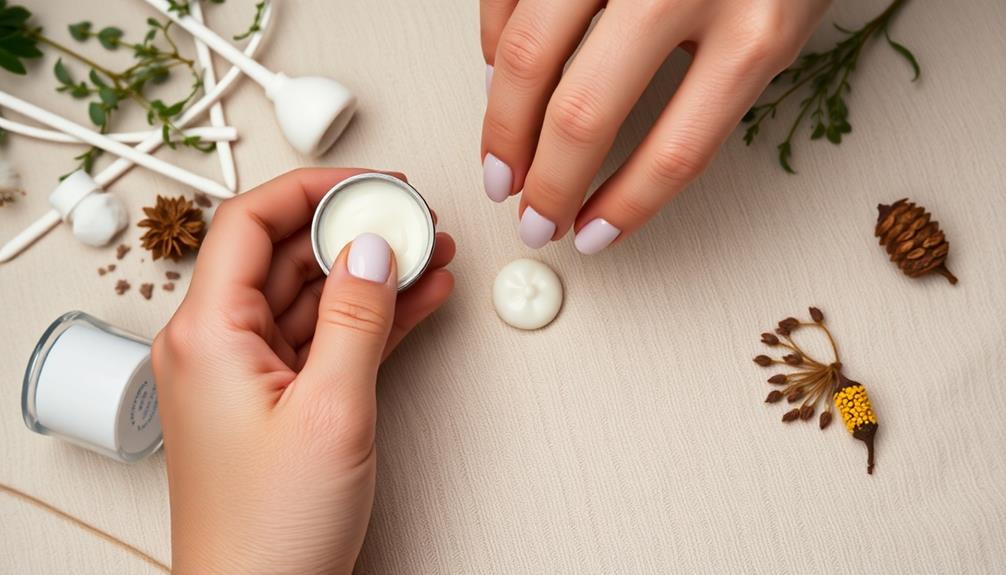
Aftercare is essential for guaranteeing your complex piercings heal properly and quickly. With proper aftercare, you can reduce the typical healing time from 6-8 weeks to as little as 3 weeks, especially when using effective products like Studex Advanced 2-in-1 Aftercare.
Consistent cleaning and soothing of the piercing area are critical to prevent infections and complications, as neglecting hygiene increases the risk of infection.
Utilizing a hypoallergenic aftercare solution is crucial, particularly for those with sensitive skin, as it minimizes irritation and discomfort. This attention to aftercare not only supports healing but also maintains the appearance and hygiene of your jewelry, greatly lowering the chances of keloids and scarring.
Following a structured aftercare routine, which includes cleaning your piercings twice daily, is key for ideal healing. This regular care helps guarantee that your skin remains healthy and intact around the piercing.
Recommended Aftercare Products
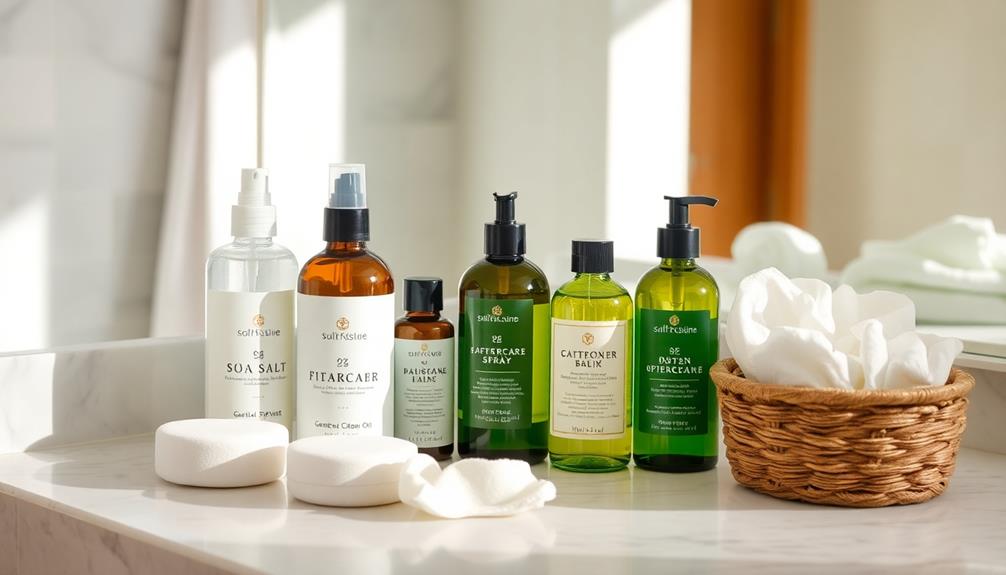
Choosing the right aftercare products is essential for ensuring your complex piercings heal efficiently and effectively. One standout option is the Studex Advanced 2-in-1 Piercing Aftercare & Cleanser. This product is specifically formulated for rapid recovery, making it ideal for various complex piercings like helix and daith.
What sets this aftercare solution apart is its hypochlorous formula, which not only cleanses but also calms broken skin. Users have reported significant improvements in healing times compared to traditional saline solutions, with notable results within just three weeks.
Plus, it's dermatologist tested and pediatrician tested, so you can trust it for sensitive skin. Being hypoallergenic and alcohol-free means you can safely use this aftercare spray daily without worrying about irritation.
For optimal outcomes, apply it twice a day to maintain hygiene and enhance infection prevention. This targeted approach to aftercare can make a world of difference, providing you with the best chance for smooth healing and minimizing discomfort.
Choose this advanced aftercare product to support your piercing journey effectively!
Cleaning Techniques for Piercings
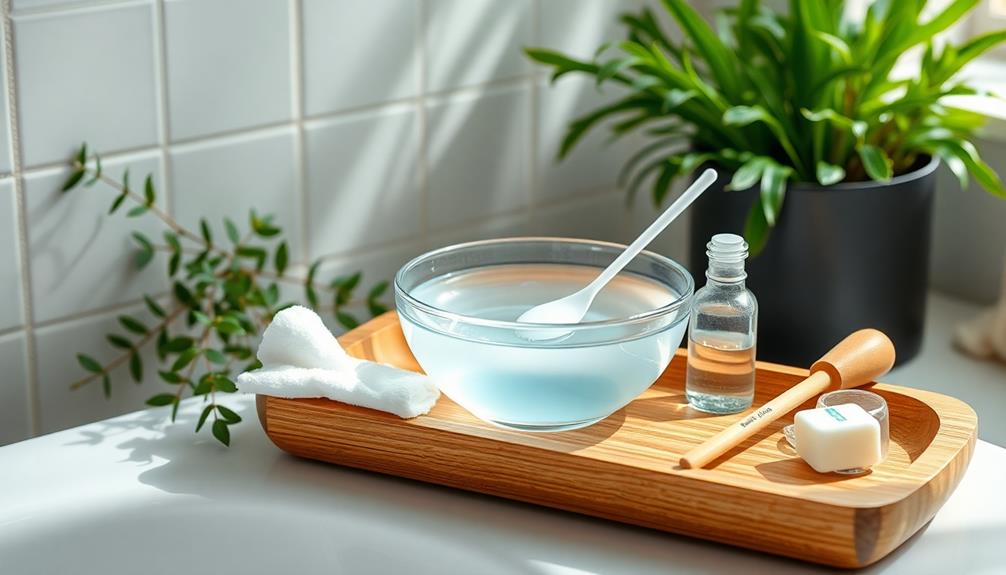
Your piercing's healing process greatly relies on effective cleaning techniques. Start by making certain your hands are clean; wash them thoroughly before touching the piercing to prevent bacteria from entering the area.
Use a gentle, glycerin-based medical soap to clean the piercing twice a day. After the soap application, spray the Studex Advanced 2-in-1 Piercing Aftercare & Cleanser directly onto the piercing and let it air dry. This helps promote healing.
Avoid using cloth towels, as they can harbor bacteria. Instead, use sterile gauze to gently pat the area dry. During the cleaning process, gently twist and glide the jewelry to make sure the solution reaches all areas, effectively removing any accumulated debris.
After cleaning, make sure to rinse the area thoroughly to eliminate any residual soap. Soap left on the skin can irritate and potentially interfere with the healing process.
Following these cleaning techniques diligently will greatly enhance your piercing aftercare, supporting a smoother healing journey. Remember, consistency is key to maintaining a healthy piercing!
Common Healing Challenges
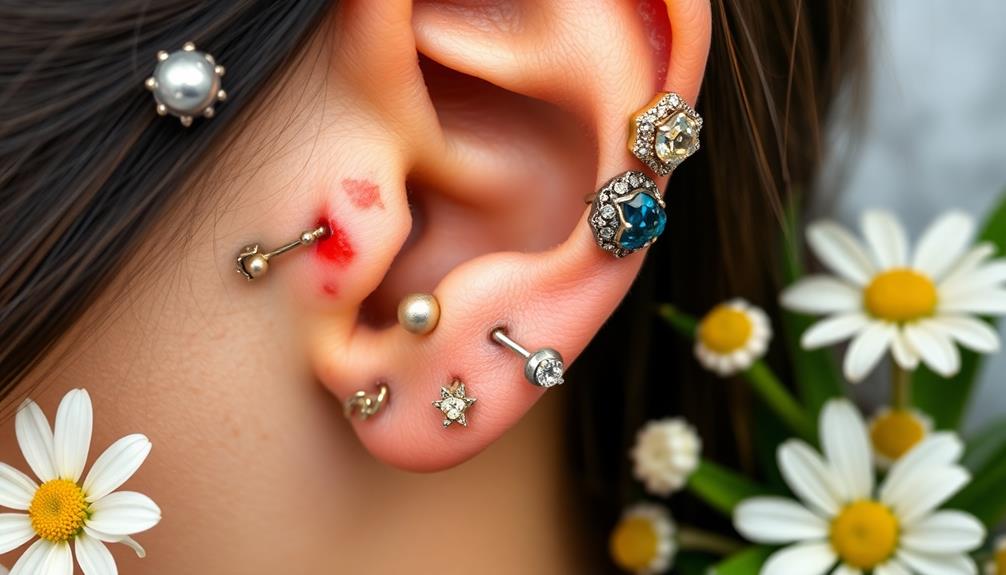
Healing a complex piercing can come with its own set of challenges, even when you've followed the right cleaning techniques. The healing process for piercings like daith or helix can take up to 12 months, and during this time, you might face several issues:
- Increased tenderness and swelling: This is common and can be exacerbated by improper aftercare. Regular cleaning and avoiding irritants can help mitigate these symptoms, as outlined in piercing care and hygiene.
- Irritation from non-hypoallergenic jewelry: Always opt for hypoallergenic materials to minimize discomfort.
- Keloid formation: If you're prone to scarring, using skin-neutral pH aftercare products is necessary.
- Bumps mistaken for infection: These often result from irritation or inadequate cleaning, so a consistent aftercare regimen is vital.
Pay attention to these healing challenges to guarantee a smooth recovery. Engage in careful lifestyle considerations, as factors like sleeping positions or wearing helmets can impede healing.
Lifestyle Factors Affecting Healing

Your daily activities and clothing choices play a significant role in how quickly your piercings heal.
Tight clothing can cause irritation, while workouts or sports might increase swelling and delay recovery.
Being mindful of these factors can make a big difference in your healing journey.
Daily Activity Considerations
When steering through daily activities after getting a complex piercing, it's vital to reflect on how your lifestyle can impact the healing process. Certain actions can hinder piercing healing and lead to complications. Here are four key considerations:
- Avoid high-impact sports: Engaging in activities that create friction and pressure on piercings can extend healing time and increase the risk of irritation.
- Be cautious with clothing: Tight clothing, like high-waisted pants, may irritate body piercings and impede proper healing due to constant friction against the skin.
- Swimming is risky: Activities like swimming in fresh or saltwater before complete healing can introduce harmful bacteria, greatly raising the risk of infection.
- Consider headgear use: Helmets or other headgear can put pressure on ear piercings, requiring you to think carefully about when to participate in such activities to avoid irritation and delayed healing.
Maintaining a consistent cleaning routine and steering clear of excessive movement or touching of the piercing is vital during this time.
These measures will help guarantee ideal healing and reduce the chances of complications.
Clothing and Piercing Care
After getting a complex piercing, the choice of clothing plays an important role in the healing process. Tight or restrictive clothing, like high-waisted pants, can create friction and pressure on your fresh piercings, potentially prolonging healing.
It's vital to select loose-fitting options to minimize this risk. If you're wearing headgear, such as helmets, be cautious; they can irritate ear piercings, leading to swelling and discomfort.
To guarantee comfort and support healing, opt for soft, breathable fabrics. Regularly changing your clothing style can also help reduce irritation, allowing your piercings to heal more effectively.
If you lead an active lifestyle or participate in contact sports, you'll need to plan around your healing times. This means being mindful of how your clothes interact with your piercings to prevent complications.
Taking care of your clothing choices can make a significant difference in your healing journey. By prioritizing comfort and choosing fabrics that breathe, you'll help avoid unnecessary friction and irritation, promoting a smoother healing experience for your new piercings.
Signs of Infection to Watch For

Keeping an eye out for signs of infection is essential after getting a complex piercing. Being proactive can help you address issues before they escalate. Here are four key symptoms to watch for:
- Increased Redness and Swelling: If you notice more redness or swelling around the piercing site, it could indicate inflammation that needs attention.
- Unusual Discharge: Pus or discharge—especially if it's green or yellow—is a strong sign of infection that shouldn't be ignored.
- Persistent Pain or Tenderness: If the pain or tenderness worsens over time, rather than improving, it's often a warning signal of an infection.
- Systemic Symptoms: Fever or other systemic symptoms accompanying local signs may indicate a more serious issue. Seeking medical advice promptly is vital.
Additionally, if you experience increased sensitivity or unbearable itchiness, it might signal an allergic reaction or infection.
Staying vigilant about these signs can make a significant difference in your healing process, so don't hesitate to consult a professional if you have concerns. Your health and comfort should always come first!
Best Practices for Jewelry Care

To guarantee your complex piercing heals properly and stays looking great, proper jewelry care is essential. Always choose implant-grade jewelry materials, like titanium or surgical stainless steel, to minimize the risk of allergic reactions and support the healing process.
Regular cleaning is vital, so use a gentle, hypoallergenic cleanser such as Studex Advanced 2-in-1 Piercing Aftercare & Cleanser to remove dirt and bacteria that can lead to infections.
It's important to avoid changing jewelry too soon; wait until your piercing is fully healed, which can take several weeks to months, depending on the type.
To maintain your jewelry's appearance, steer clear of harsh chemicals or cosmetics, and store pieces in a clean, dry place when not in use to prevent tarnishing and buildup.
Regularly inspect your jewelry for signs of wear or irritation. If you notice any discomfort or changes, consult a professional piercer for advice on care and potential adjustments.
Following these best practices won't only protect your piercing but also enhance the overall longevity and beauty of your jewelry.
Adjusting Aftercare for Different Piercings
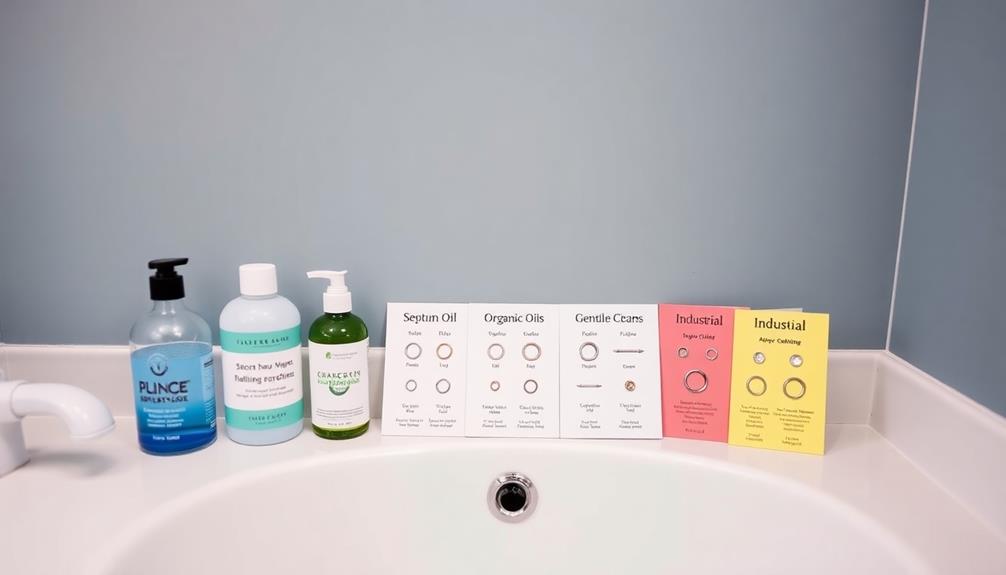
When it comes to aftercare, each piercing requires its own specific approach.
You'll need to tailor your techniques based on the type of piercing you have, whether it's a simple lobe or a more complex industrial.
Specific Piercing Considerations
Aftercare for different types of piercings requires tailored approaches to guarantee ideal healing. Each piercing type has unique considerations that you should be aware of:
- Helix Piercings: Expect a healing time of up to 8 weeks due to the slower recovery of cartilage.
- Conch Piercings: Maintain rigorous cleaning and avoid pressure from headphones to prevent irritation and prolonged healing.
- Daith Piercings: These can take 6 months or more to heal, so careful aftercare practices are vital to avoid complications.
- Belly Button Piercings: Healing time varies widely, generally from 6 months to a year, depending on individual health factors.
Using a gentle cleanser like Studex Advanced can be particularly effective for your complex piercings. This hypochlorous spray not only cleanses but also soothes the skin, minimizing irritation during the healing process.
Adapting your aftercare routine based on the specific piercing guarantees you take the right steps for peak recovery. Remember, consistent aftercare practices are essential for all piercings, especially those involving cartilage, to facilitate proper healing and avoid complications.
Tailored Aftercare Techniques
Tailoring your aftercare techniques is essential for guaranteeing ideal healing of your piercing. For cartilage piercings like helix and conch, you'll need to commit to extensive care for up to 8 weeks. Regularly clean these areas with a gentle solution like Studex Advanced to prevent irritation and infection.
When it comes to daith piercings, focus on keeping the area dry and clean, applying aftercare spray twice daily, and avoiding unnecessary movement of the jewelry to support the healing process.
Cartilage piercings can be particularly sensitive, so opt for hypoallergenic, alcohol-free products to minimize the risk of keloids and scarring. Surface piercings require extra caution; pay attention to the surrounding skin to prevent bumps and irritation. Use a gentle cleanser and maintain proper hygiene to guarantee a smooth healing journey.
Always consult a professional piercer for personalized aftercare advice, as healing times and techniques can vary greatly. By adjusting your aftercare techniques according to the specific type of piercing, you'll promote healing and greatly reduce the chances of complications.
User Experiences and Testimonials

Many users have shared their positive experiences with the Studex Advanced 2-in-1 Piercing Aftercare & Cleanser, highlighting how it speeds up healing times considerably.
Many find that incorporating calming elements, such as aromatherapy for stress relief, enhances their overall aftercare routine, promoting relaxation during the healing process.
Here's what you can expect based on testimonials from fellow users:
- Faster Healing: Many report complete recovery in as little as three weeks, which is impressive for various piercing types.
- Pain-Free Experience: Users consistently note minimal irritation and discomfort, making aftercare much more manageable.
- Gentleness on Sensitive Skin: The hypoallergenic formula is a hit for those with sensitive skin, allowing for daily use without any adverse reactions.
- Ease of Application for Children: Parents appreciate how easy it's to apply, encouraging kids to stick to their aftercare routines.
These testimonials showcase the effectiveness of Studex Advanced in not just promoting skin restoration but also enhancing your overall aftercare experience.
Users have found it superior to traditional saline solutions, effectively reducing bumps and ensuring a smoother healing process.
If you're looking for reliable piercing aftercare, you might want to contemplate giving Studex Advanced a try!
Frequently Asked Questions
What Is the Hardest Piercing to Take Care Of?
The hardest piercing to take care of is often the industrial piercing. It's more susceptible to irritation and infection due to its unique structure, requiring you to be extra cautious with cleaning and movement.
Can You Use Advanced Wound Wash on Piercings?
Yes, you can use advanced wound wash on piercings. It cleanses and calms the area, promoting faster healing. Just apply it twice daily to support your skin's recovery and reduce irritation effectively.
What Is the Best Aftercare for Piercings?
The best aftercare for piercings involves cleaning them twice daily with a gentle solution, avoiding unclean water, and keeping the area free from irritation. Consistent care speeds up healing and prevents complications. You'll see results!
What Is the Best Thing for Healing Piercings?
To heal your piercings effectively, use a gentle, hypoallergenic cleanser twice daily. Keep the area clean, avoid touching it, and follow aftercare instructions closely to promote faster healing and minimize irritation or infections.
Conclusion
In summary, taking care of complex piercings is essential for a smooth healing process. Did you know that around 30% of people experience complications with their piercings? By following the right aftercare steps and being vigilant, you can greatly reduce your risk. Remember, your body deserves the best treatment, so invest time in your aftercare routine. With patience and the right products, you'll enjoy your unique piercings for years to come, free from unnecessary issues.
Hi, my name is Danielle, and I’m an author for piercings-body.com. I have a passion for writing and love to share my knowledge on all things body piercing-related. I’m also a huge advocate for safe body modification practices and believe everyone should be able to make informed decisions about their bodies. When I’m not writing or blogging, I enjoy spending time with my family and friends, practicing yoga, and exploring new places.

